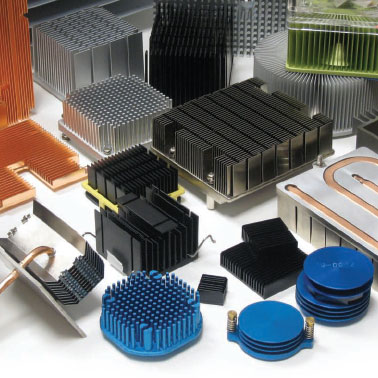BGA Heatsinks

One of the major benefits to using bga heatsinks is simply the increased rate of heat dissipation that they operate by. This is based largely on the advanced circuitry achieved by the ball grid design which allows for quick conveyance of thermal energy without the higher levels of resistance that are prone to occur with the gull wing approach to surface mounting. In addition to this feature, there is also a much greater capacity for the heatsink pin count that cannot be reached with the gull wing lead. Yet aside from these important characteristics, perhaps the most innovative aspect of BGA heatsinks is their ability to auto-align themselves based on the flow of heat from its source. This potentially causes increased efficiency and allows for a greater level of thermal energy transfer throughout the entire heatsink.
While the BGA heat sink is a highly desirable option in many cases, its drawbacks should be recognized before a components manufacturer makes his or her final decision. Due to the complexity of its solder joints, the standard methods of inspection and reworking are unable to be achieved. In fact, basic visual inspection is not a possibility with the BGA heat sink design, and solder joints cannot be adjusted individually. One proposed solution for a feasible method of inspection is through the use of x-rays to insure reliability of BGA heatsink technology.
For Your Next Project, Contact CoolianceToday!
High reliability thermal solutions & precision metal products.
